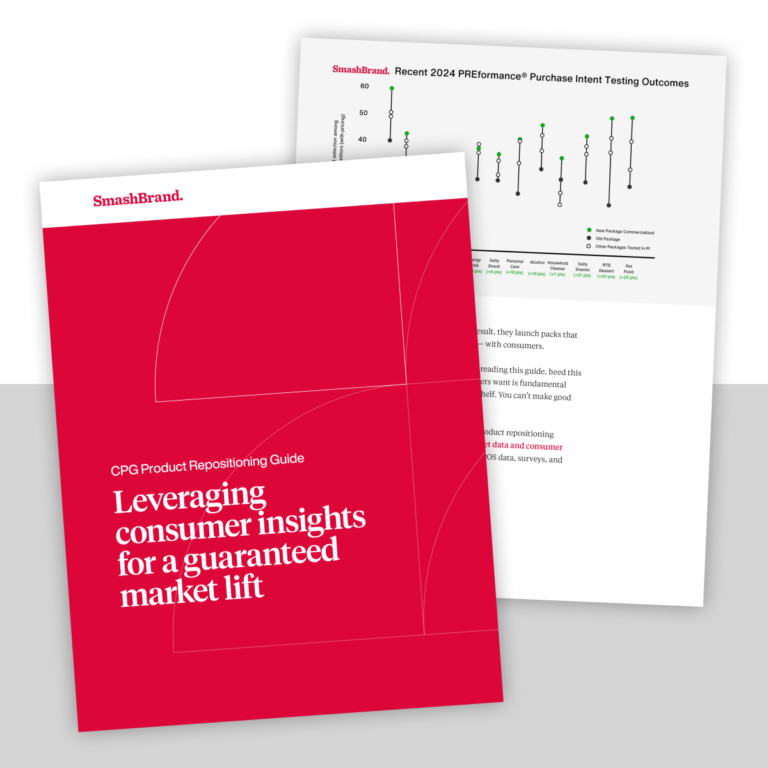Remember the old days when marketing strategies were basically limited to print ads, television campaigns and perhaps the occasional aerial banner? There was no thought of search engine rankings; Web videos or social media, and if you asked anyone about browser optimization, they would have looked at you like you were from Mars. Yeah, those were uncomplicated, good days.
Well, those days are gone now, and every business is in the eternal thrall of the World Wide Web. If you’re in the market for a brand spanking-new website, you are going to have to wrap your mind around several different highly complicated and constantly evolving factors in order to get the most out of your site.
We don’t mean to get all technical on you, but have you seriously compared the varied and nuanced advantages and disadvantages to responsive vs. standard Web design? No? Well then allow us to roll up our sleeves and deliver you the mother of all Web design symposiums. If you’re still amazed that carriages are now horseless and wonder if wizards power airplanes, we’ll try to go slow.
Responsive Web Design
Responsive Web design is an application or website design that can instantly modify itself depending upon the device upon which it is opened. For example, you know how the Facebook site is entirely reconfigured when you open your page on your phone? That’s responsive Web design; the site was designed with a mind-bogglingly complicated code that allows the page to cope with the different amounts of HTML required for screens of different sizes.
Most major websites with a significant mobile user base use responsive Web design. However, it’s a highly expensive and time-consuming process, and the finished site is generally lower-performance than standard sites because of the fluctuating amounts of HTML.
Why would I need responsive Web design?
If your site has significant mobile usage, responsive Web design makes sense; you will naturally want your client base to access information quickly and accurately. However, you really need to be honest with yourself about the current needs of your business. If you don’t have high mobile traffic now, but you anticipate (or hope and pray) that you will have it in the future, then you might want to hold off for a while and use the money for another area of your marketing strategy.
You also want to consider who uses your site and services. If your site is primarily business-to-business, visitors will probably only open your page on an office desktop. However, if it’s crucial for the prestige of your operation that you appear tech-savvy and you want to give the impression that you recognize the ever-present need to be accessible by all forms of electronic media, then by all means, go with responsive design.
You might also consider responsive Web design if your site has a lot of crucial images that would be indecipherable without very specific dimensional adjustments.
Will my site really look bad on a smartphone if I don’t use responsive Web design?
Not really. Your site will look like a miniaturized version of your standard site, only a mobile user might have to scroll around in all directions and expand and minimize different parts just to read the information or click on your call to action buttons. However, it’s not really that big a deal if you find that the price of responsive Web design is prohibitive; don’t bankrupt yourself buying a service you might not even need yet. Besides, many of the latest smartphones are able to make the adjustments pretty cleanly, and if the website is designed truly well for desktop applications, it will probably look fine on a mobile device.
So, what have we learned today? We learned that airplanes are magic celestial conveyances. We learned that responsive design helps optimize mobile user experience only if mobile users actually visit the site. We learned that responsive Web design is the wave of the future. Then again, there are incredibly advanced 5th and 6th generation mobile devices that can easily adjust to standard Web pages. Most importantly, we learned that responsive Web design doesn’t come cheap, but if you’re Mark Zuckerberg, that doesn’t matter.
Data-Driven Brand Development
Want a best-selling brand? SmashBrand is a brand development agency for FMCG and CPG companies. From brand strategy to packaging design testing, our Path To Performance™ process guarantees a retail performance lift. Book a time to discuss your project with our team.
Subscribe to
Nice Package.
A monthly newsletter that unpacks a critical topic in the FMCG & CPG industry.
Free Resource.

CPG product repositioning guide.
Explore the five undeniable signs your CPG product needs repositioning along with strategies for leveraging consumer insights for a guaranteed market lift.
Learn More About CPG product repositioning guide.